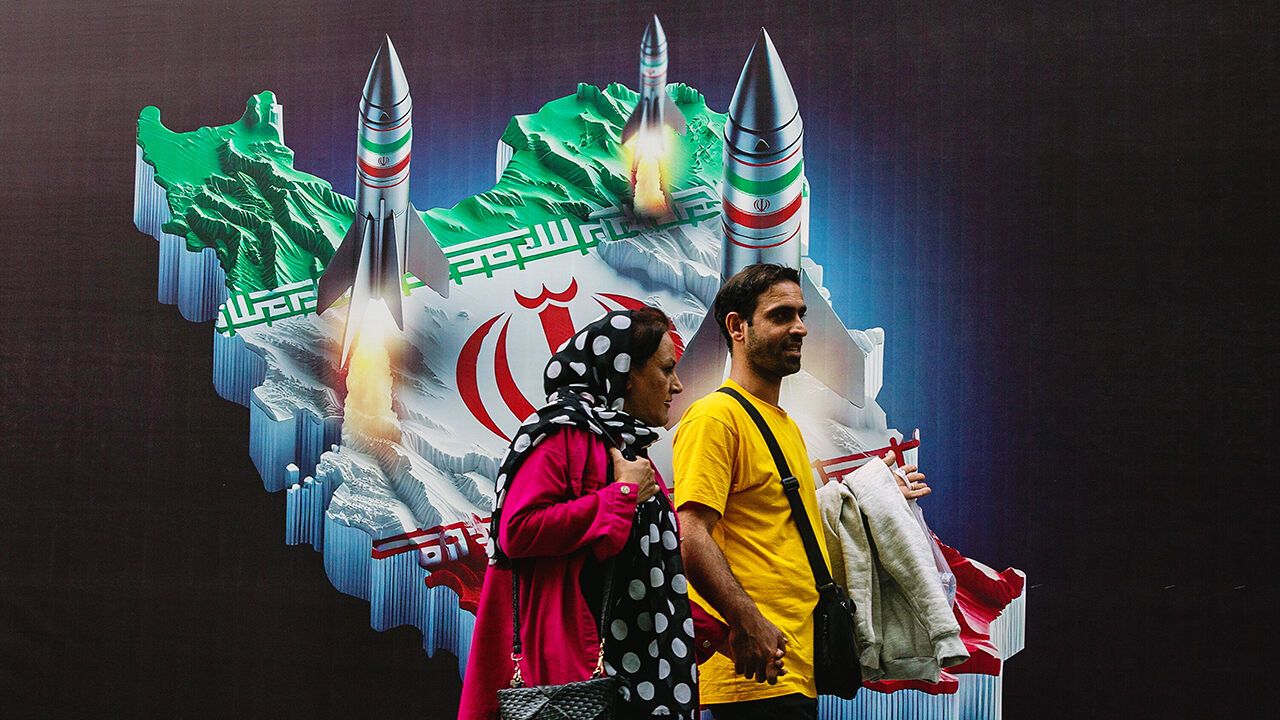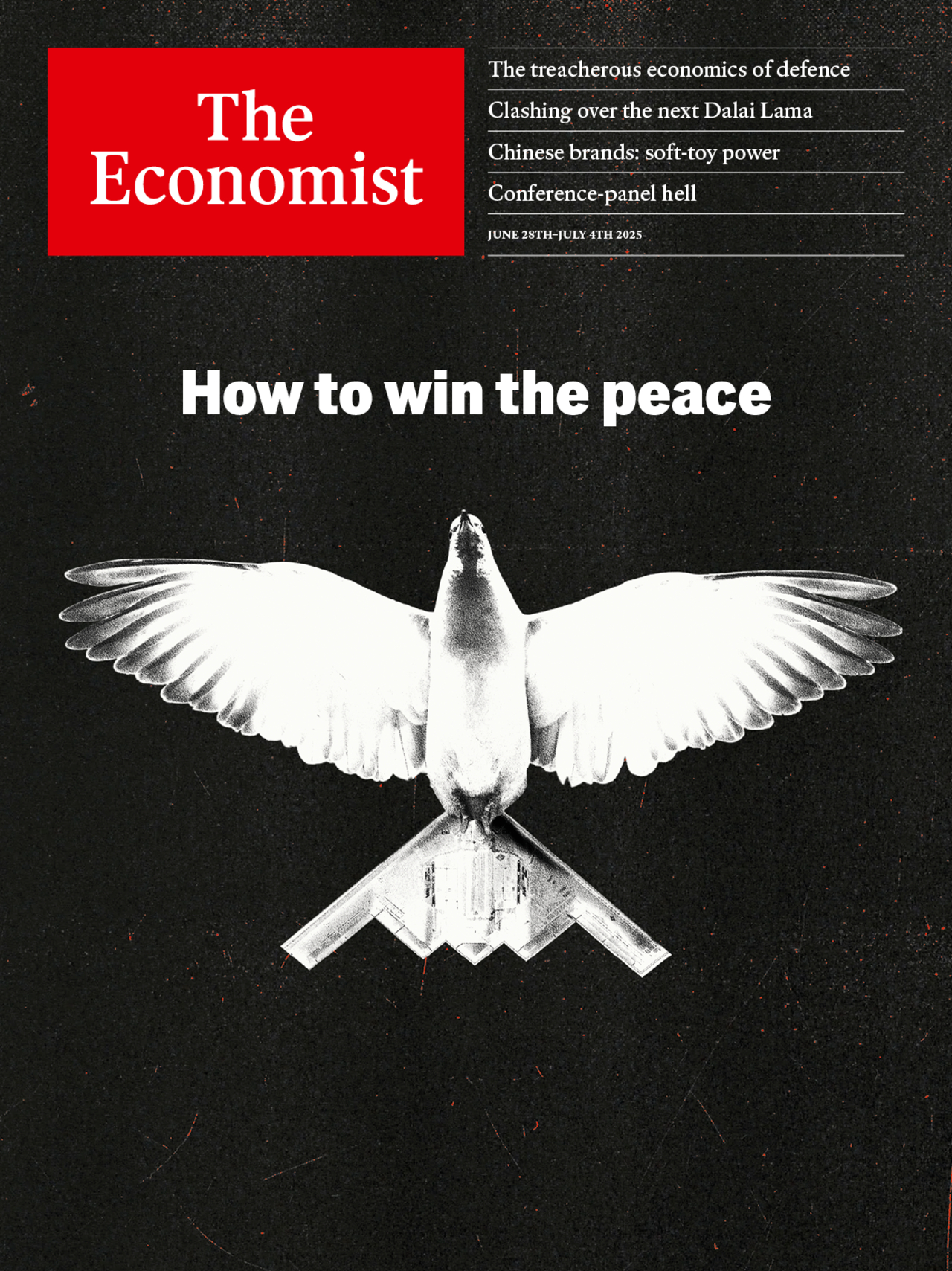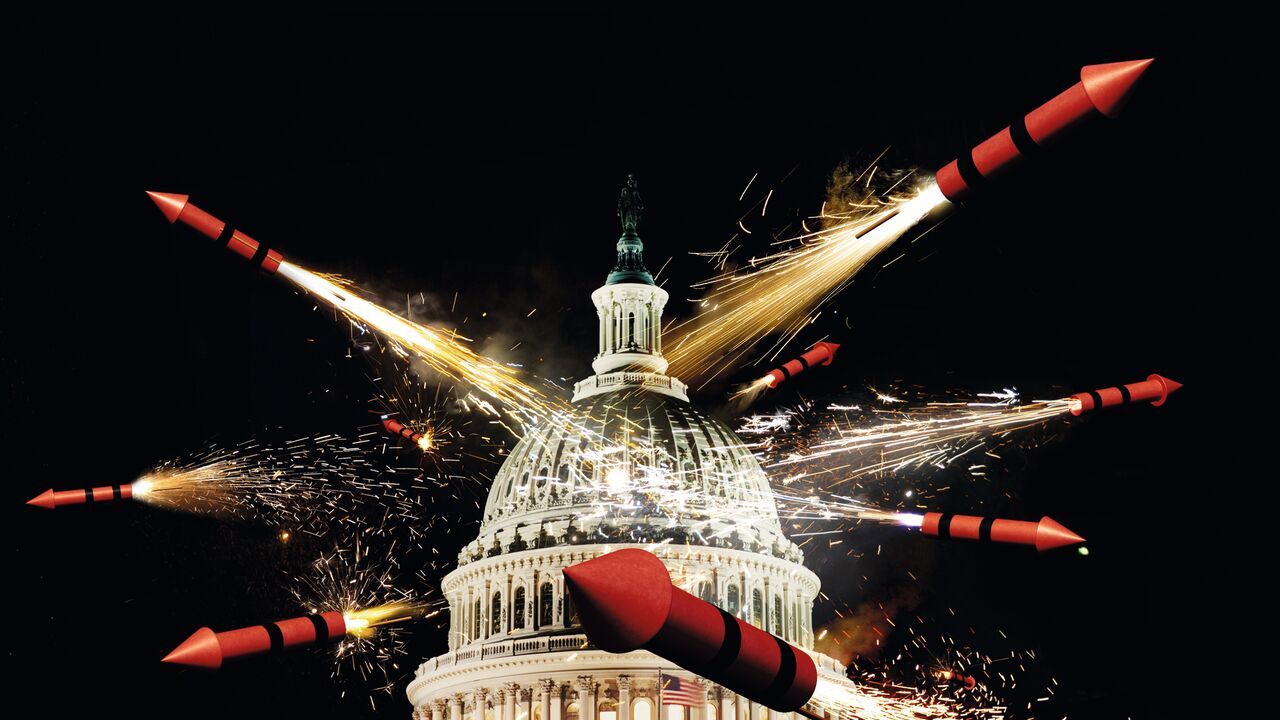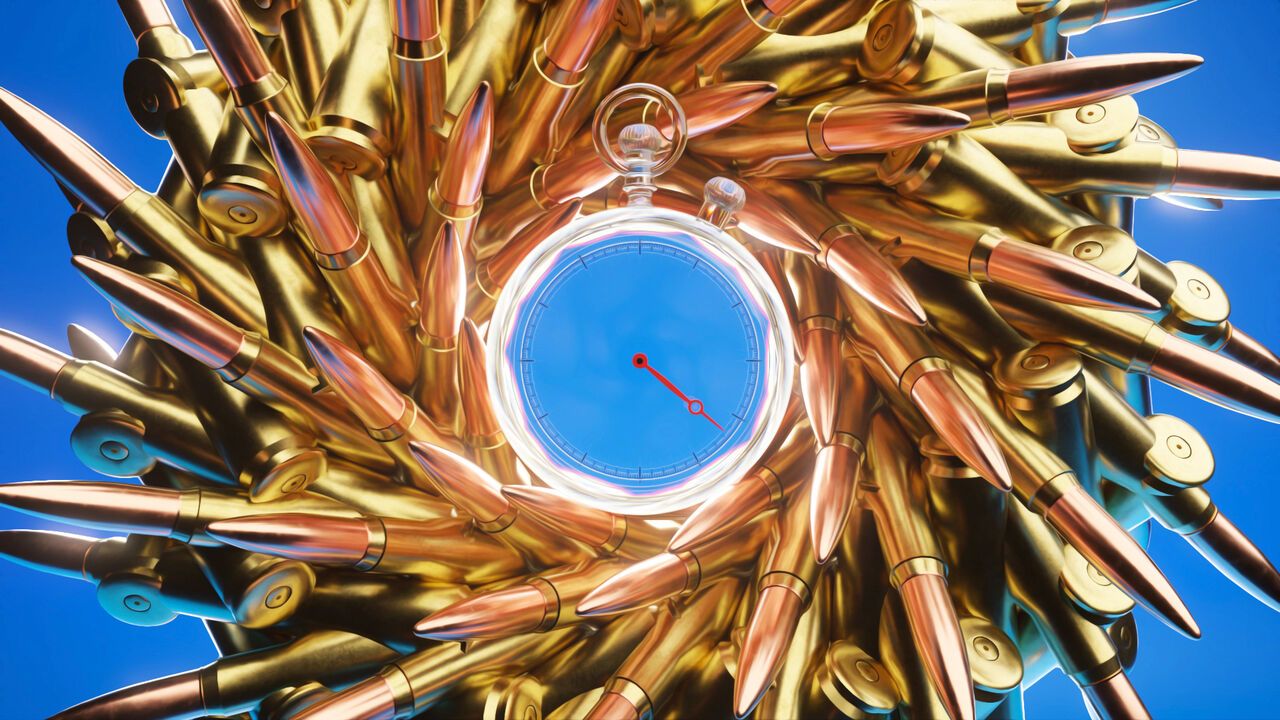How much did America’s bombs damage Iran’s nuclear programme?
Assessments vary wildly and it is impossible to know for sure

“OPERATION MIDNIGHT HAMMER”, as America called its strike on Iran on June 22nd, was a vast raid involving more than 125 military aircraft. It was the largest-ever strike by B-2 stealth bombers and the first use in battle of the GBU-57, America’s largest bunker-buster bomb. Seven bombers flew east over the Atlantic from Whiteman air-force base in Missouri on the 37-hour mission to Iran and back, helped by in-flight refuelling tankers and fighter jets to sweep the skies ahead of them. Decoy planes flew west over the Pacific to confuse anyone watching air deployments. Dozens of Tomahawk cruise missiles were also fired at Iran from submarines. The operation’s scope and scale would “take the breath away” of most observers, boasted Pete Hegseth, the defence secretary. But how much damage did it actually do to Iran’s nuclear programme?
This article appeared in the Briefing section of the print edition under the headline “Obliterated or simply obscured?”

From the June 28th 2025 edition
Discover stories from this section and more in the list of contents
Explore the edition
The obscure Senate functionary whose word is law
Elizabeth MacDonough does more to shape legislation than most congressmen

The big beautiful bill reveals the hollowness of Trumponomics
Republicans mark America’s birthday with a profligate but insubstantial law

The war in Ukraine shows the West can re-arm without re-industrialising
Industrial capacity in peacetime is no longer necessary for success during war
Israel’s war with Iran is over
But its impact is uncertain
Israel’s blitz on Iran is fraught with uncertainty
Much hinges on the stubborn supreme leader and America’s mercurial president
Israel’s race to kill Iran’s nuclear dream
If it fails the regime could make a frantic dash for a bomb

